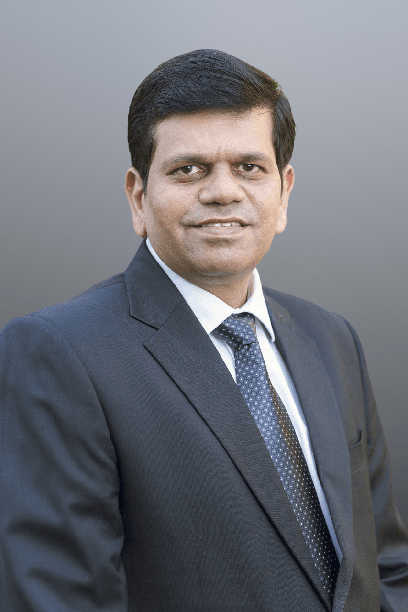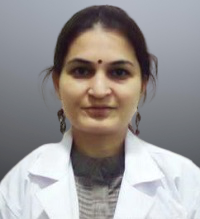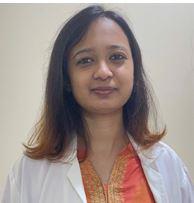Types/Stages of Scoliosis
Scoliosis varies in type and severity. Let’s shed light on the three primary types:
• Idiopathic Scoliosis: This form has no identifiable cause and is the most common type.
• Congenital Scoliosis: Here the spinal deformity is present at birth.
• Neuromuscular Scoliosis: This type is linked with other conditions such as cerebral palsy or muscular dystrophy.
Symptoms of Scoliosis
People suffering from scoliosis exhibit certain noticeable symptoms that include:
• Uneven shoulders
• One shoulder blade protruding more than the other
• Unusual gaps between one arm and the body
• Unequal hip height
• Clothing not hanging evenly
Tests to Diagnose Scoliosis
To diagnose this disease, the doctors for scoliosis and the specialists for scoliosis surgery may conduct one or more of the following tests:
-
X-rays: To provide a clear view of the spine’s curvature.
-
MRI (Magnetic Resonance Imaging): To create detailed images of the spine using magnetic fields.
-
CT Scan (Computed Tomography): To get a cross-sectional view of the spine.
-
Bone Scan: To identify any abnormalities in the bones of the spine.
-
Pulmonary Function Tests: To assess lung function in severe scoliosis cases.
Treatment or Surgery Options for Scoliosis at Apollo Hospitals, Mumbai
The treatment for scoliosis at Apollo Hospitals in Mumbai is determined based on the curvature severity and the patient’s age. They include:
• Observation: For mild scoliosis, a specialist for mild scoliosis will keep track of the progression without recommending any treatment.
• Bracing: In moderate cases, a brace can be recommended by a doctor for scoliosis to stop the curve from worsening.
• Surgery: In severe cases, a specialist for scoliosis surgery may carry out an operation to reduce the curvature and prevent further complications.
• Spinal Fusion: This treatment option involves the fusion of certain bones in the spine together to restrict movement and reduce pain.









 Call Now
Call Now











